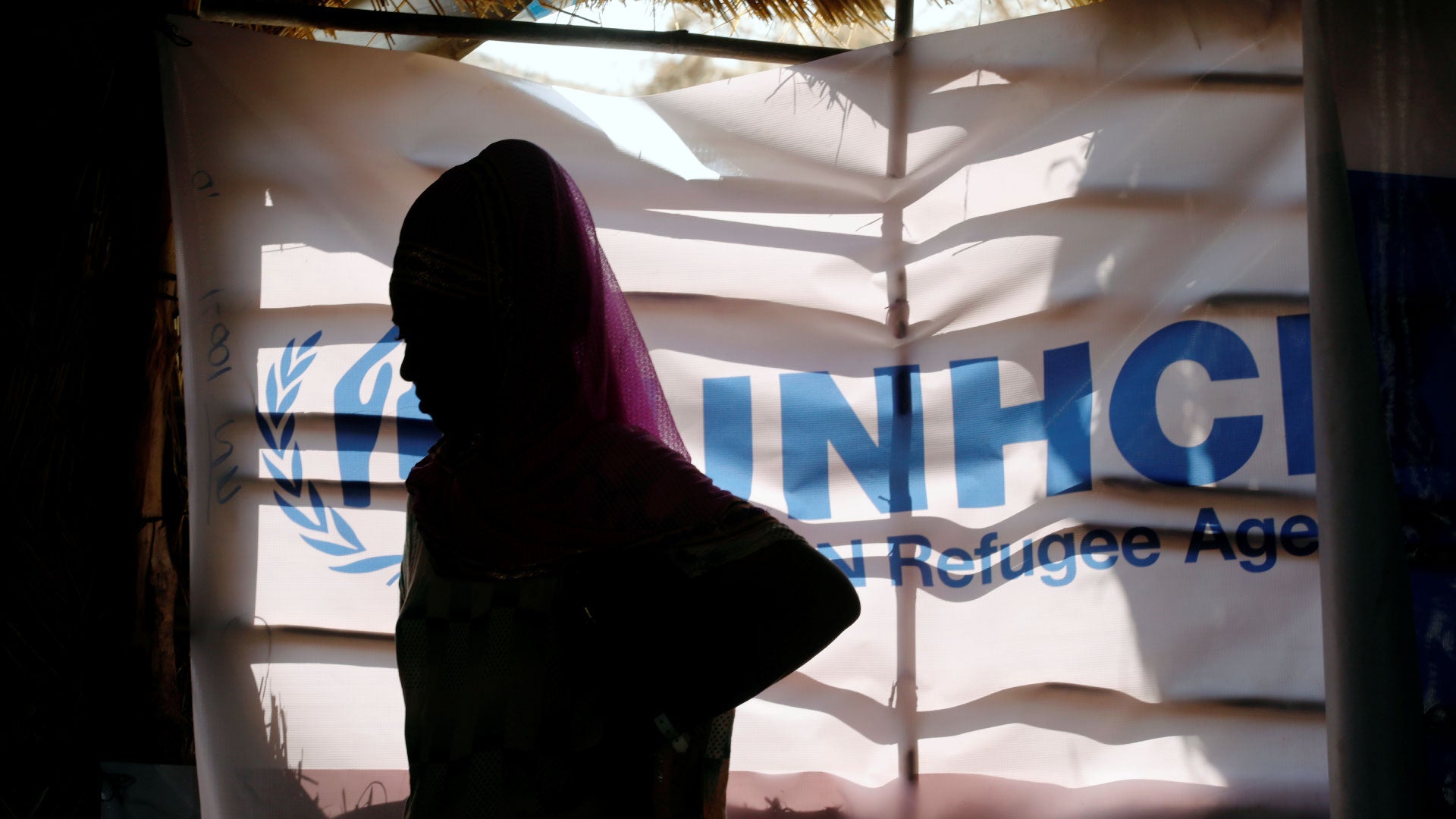Where Afghan—and all other—refugees are going
The US exit from Afghanistan, left in its wake a surge of refugees fleeing the Taliban. Some countries in Europe have said they have taken enough migrants fleeing Afghanistan and other war zones in recent years and do not want to take in any of them. However data show that most refugees actually haven’t been going there.


The US exit from Afghanistan, left in its wake a surge of refugees fleeing the Taliban. Some countries in Europe have said they have taken enough migrants fleeing Afghanistan and other war zones in recent years and do not want to take in any of them. However data show that most refugees actually haven’t been going there.
“The vast majority of the world’s refugees find safety in a neighboring country that neighbors their own,” said Chris Boian, spokesperson for the United Nations High Commissioner on Refugees (UNHCR). “Almost all of them want to go back to their homes as soon as it’s possible for them to do so.” In 2020, over 2 million refugees from Afghanistan found refuge in Pakistan and Iran. In comparison, around 200,000 ended up in Germany, Austria, France, and Sweden combined. The US took in just 1,592.
Where refugees come from, where refugees go
Boian points out that what the UNHCR has currently seen in Afghanistan isn’t necessarily a refugee situation. Lots of Afghans are fleeing to other parts of Afghanistan. “The picture is quite complex because there are people moving for a variety of reasons. So you might see some people in the family moving from one part of the country to another where they are safer and see similar moves in the opposite direction for different reasons.” It’s too early to know how refugee patterns will change.
In the meantime, here’s how you can help people in Afghanistan.